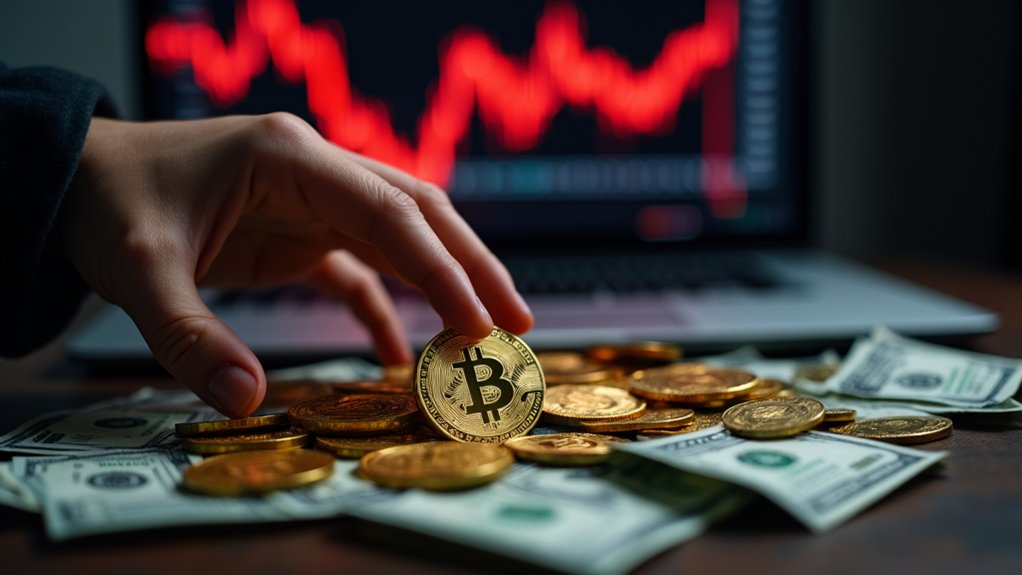While traditional financial markets typically view summer as a period of reduced volatility and investor hibernation, the cryptocurrency landscape appears determined to rewrite this conventional wisdom with characteristic disregard for Wall Street’s seasonal playbook.
The 2025 crypto market cycle presents a fascinating paradox: institutional capital flows—once synonymous with predictability—now fuel the very volatility they traditionally sought to avoid, creating a three-phase narrative that transforms summer from sleepy intermission into strategic opportunity.
Bitcoin’s projected summer trading range of $100,000 to $105,000 hardly suggests market lethargy, while Ethereum’s resilience around $2,420 (despite breaching the critical 50% Fibonacci retracement at $2,120 in April) demonstrates remarkable institutional confidence.
These price targets, ambitious by historical standards, reflect a maturation process where traditional seasonal patterns bend to accommodate crypto’s inherent unpredictability—or perhaps reveal that unpredictability itself has become predictable.
The summer correction phase, expected from June through August, presents what market participants euphemistically term “entry points”—a diplomatic way of acknowledging that significant price retracements create buying opportunities for those with sufficient risk tolerance and liquidity reserves.
Institutional participants, increasingly aligned with macro calendar events, find themselves adapting traditional financial cycles to accommodate crypto’s temporal rebelliousness.
Emerging sectors compound this seasonal complexity through their indifference to conventional timing.
DePIN projects advance their decentralized infrastructure ambitions regardless of calendar considerations, while liquid restaking protocols like EigenLayer and EtherFi pioneer yield strategies that operate continuously across market cycles.
The tokenization of real-world assets—T-bills, real estate, equities—further blurs seasonal boundaries by bridging traditional and digital asset classes. The integration of AI with blockchain suggests a significant transformation ahead for financial markets.
Solana’s potential range between $121 and $495, supported by mounting ETF filing momentum, exemplifies how institutional adoption creates sustained activity during periods historically characterized by reduced participation. The platform’s efficiency is underscored by its capacity to process 65 million daily transactions with minimal network congestion.
The intersection of gaming, memecoins, and DeFi with these institutional flows generates an ecosystem where summer correction phases become experimentation periods rather than dormancy intervals. The broader crypto market is projected to reach a $6.7 billion valuation by 2025, underscoring the magnitude of this transformation.
Ultimately, crypto’s summer surge represents less a seasonal anomaly than an evolutionary step—one where traditional investment calendars adapt to accommodate an asset class that operates according to its own temporal logic, transforming conventional seasonal strategies into year-round imperatives.





